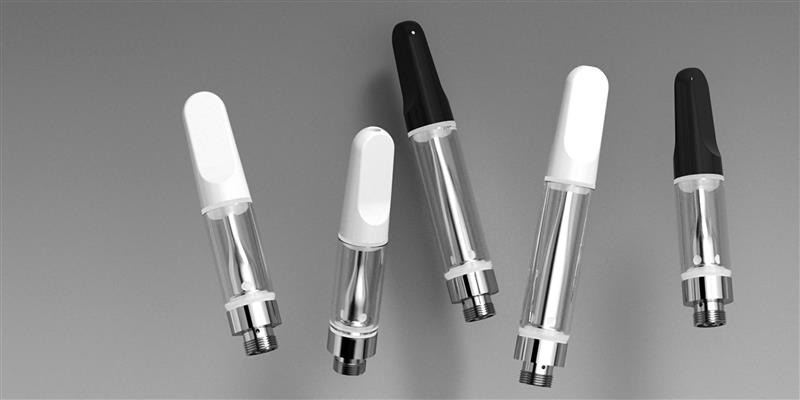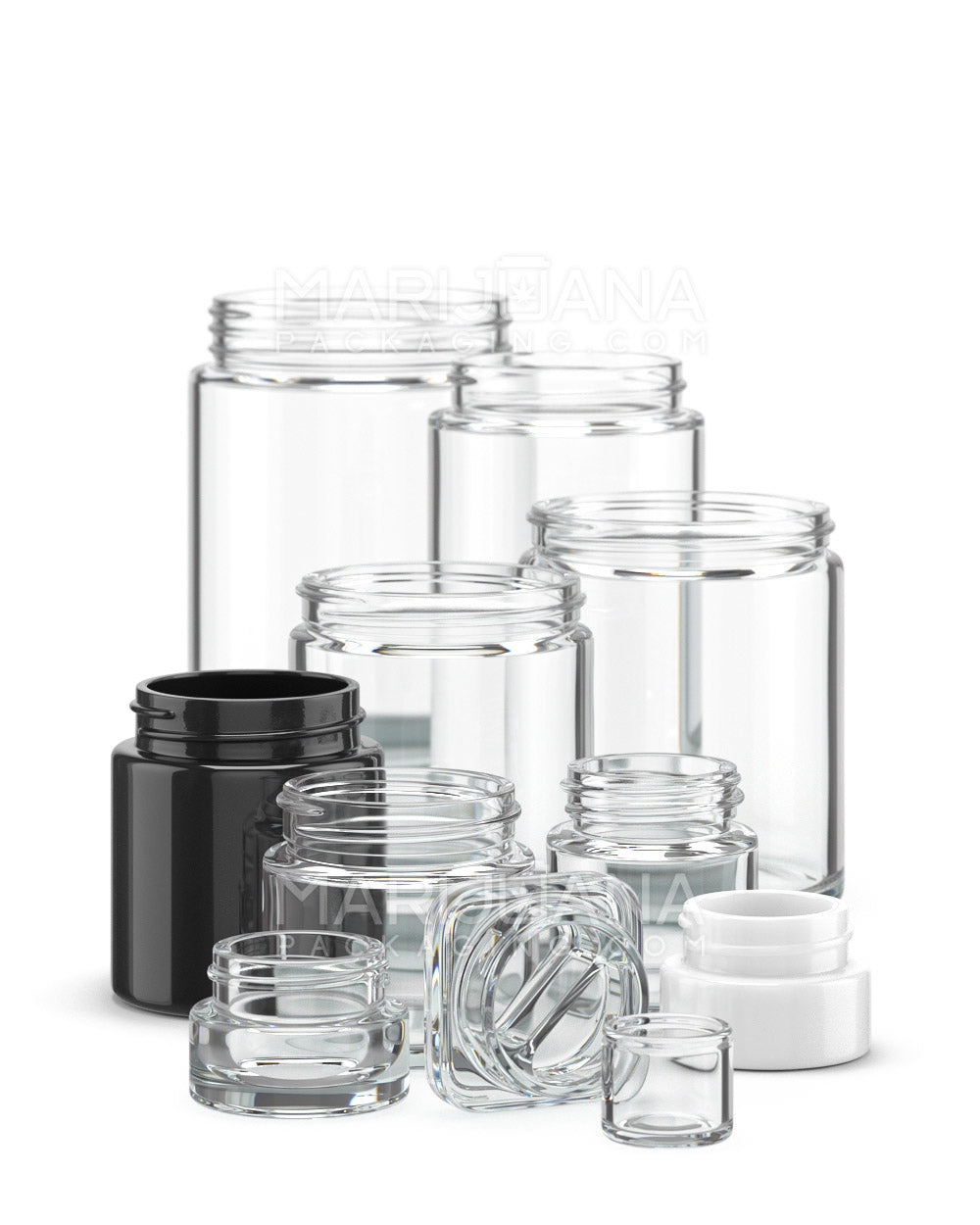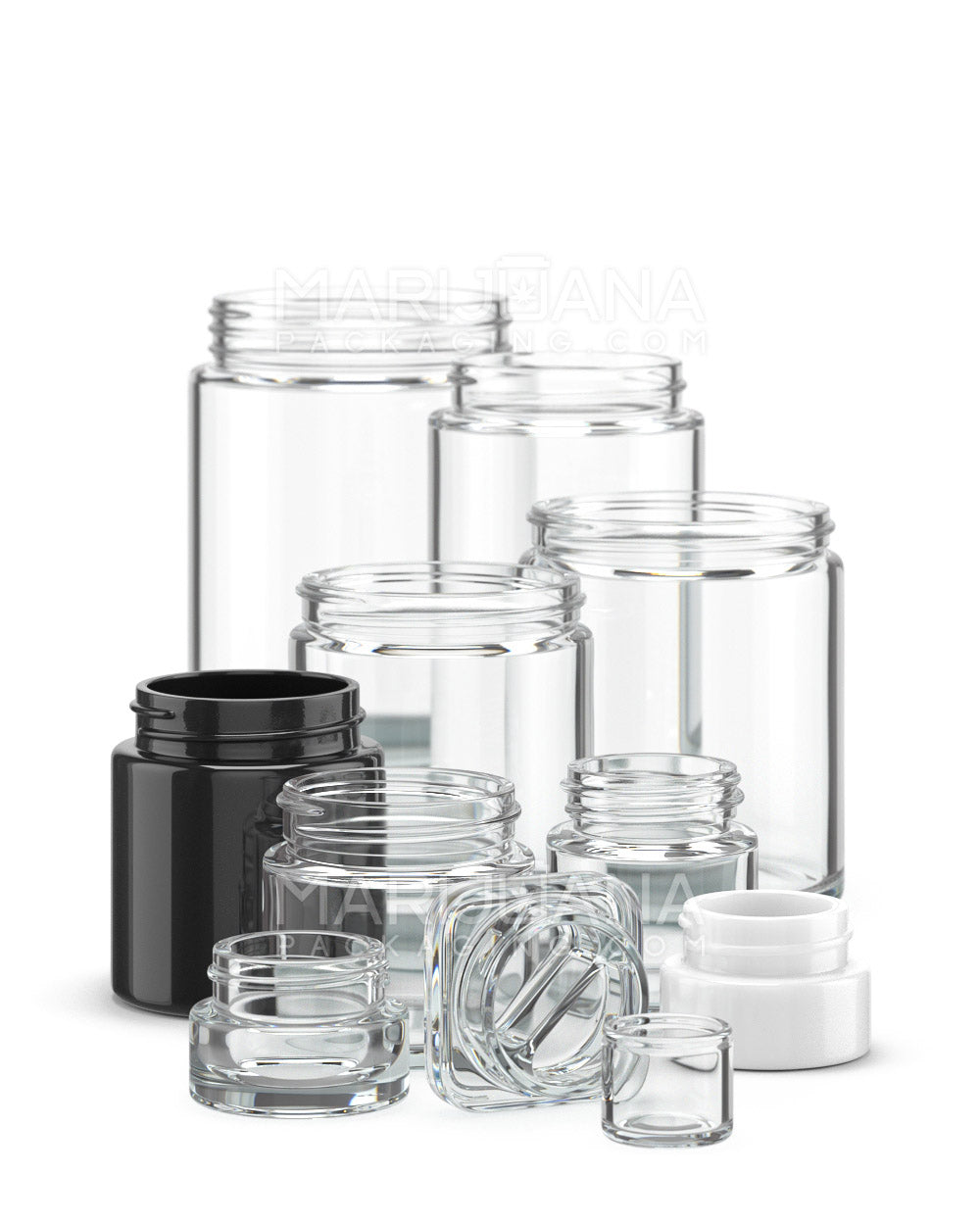Guerilla growing might sound like something out of a spy novel, but it's actually a method used by some cannabis enthusiasts to cultivate marijuana plants stealthily in the great outdoors. Imagine trying to grow a garden without anyone knowing – that's the essence of guerilla growing. It's a fascinating approach for those who want to grow cannabis in areas where it might not be entirely welcome.
In this blog post, we'll explore the ins and outs of guerilla growing, from choosing the right spot to selecting the best strains for this adventurous endeavor. We'll also discuss the practicalities of maintaining your secret garden, keeping pests at bay, and ensuring a successful harvest. So, if you've ever thought about taking your green thumb off the beaten path, keep reading!
Finding the Perfect Spot
The first step in guerilla growing is finding the right location. This is where your inner detective comes into play. You need a spot that's remote enough to avoid detection but still accessible enough for you to tend to your plants. Think of it as finding a hidden gem in the wilderness.
Start by considering the following criteria:
- Seclusion: Choose a spot that's away from hiking trails, roads, and any signs of human activity. The more off-the-beaten-path, the better.
- Sunlight: Cannabis plants thrive in sunlight, so pick a location that gets at least 6-8 hours of direct sunlight daily.
- Water Source: While you're not likely to find a faucet in the woods, proximity to a natural water source is beneficial. However, avoid areas prone to flooding.
- Soil Quality: Test the soil to ensure it's fertile and well-draining. You might need to amend the soil with nutrients, but starting with good soil is a plus.
Once you've found a suitable spot, spend some time observing it. Make sure there aren't any telltale signs of human presence, like litter or footprints. Remember, the goal is to keep your grow operation under the radar.
Choosing the Right Strains
When it comes to guerilla growing, not all cannabis strains are created equal. You'll want to select strains that are hardy and can withstand the challenges of outdoor life, such as pests, weather fluctuations, and less-than-ideal soil conditions.
Here are some characteristics to look for in a strain:
- Mold Resistance: Outdoor growing can often lead to mold issues, especially in humid climates. Opt for strains known for their mold resistance.
- Fast Flowering: The quicker the flowering period, the less time your plants spend vulnerable to outdoor threats. Look for strains that flower in 7-9 weeks.
- Indica Dominance: Indica strains tend to be bushier and shorter, making them easier to hide amongst natural vegetation.
Some popular strains for guerilla growing include Northern Lights, Durban Poison, and Blue Dream. These strains are known for their resilience and ability to thrive in less-than-ideal conditions.
Preparing the Soil
Once you've scouted your location and chosen your strains, the next step is preparing the soil. Good soil preparation is crucial for a healthy crop. If the native soil isn't up to par, you'll need to bring in some amendments.
Consider the following amendments:
- Compost: Rich in nutrients, compost can enhance soil fertility and structure.
- Perlite: Helps improve drainage, which is vital for preventing root rot.
- Bone Meal: A natural source of phosphorus, which aids in root development and flowering.
Before you start planting, test the pH of the soil. Cannabis prefers slightly acidic soil, with a pH of around 6.0 to 6.8. You can adjust the pH by adding lime to raise it or sulfur to lower it. A little preparation goes a long way in setting up your plants for a bountiful harvest.
Planting Your Seeds
With your location, strains, and soil ready, it's time to plant your seeds. Timing is everything here. You'll want to plant after the last frost of the season, once the soil has warmed up. This varies depending on your geographical location, so keep an eye on the weather.
Here's a simple step-by-step guide to planting:
- Germinate the Seeds: Start by germinating your seeds indoors. This gives them a head start and increases the likelihood of healthy seedlings.
- Transplant Carefully: Once your seeds have sprouted, transplant them to your outdoor location. Be gentle, as young plants can be fragile.
- Spacing: Plant your cannabis at least 3-5 feet apart to give them plenty of room to grow and access sunlight. This also helps prevent mold by allowing air circulation.
Remember, patience is key. Don't rush the process, and give your plants the best start possible. They'll thank you later with robust growth and abundant yields.
Maintaining Your Secret Garden
Your plants are in the ground, and now it's time to keep them thriving. Regular visits to your site are necessary, but remember to be discreet. You don't want to draw attention to your secret garden.
Consider these maintenance tips:
- Watering: If there's no natural water source nearby, you'll need to bring water. A camelback or large water container can be useful for transporting water without raising suspicion.
- Pruning: Regularly check your plants for dead leaves or branches and trim them away. This encourages healthy growth and better air circulation.
- Nutrient Supplements: Use organic fertilizers sparingly to provide extra nutrients. Too much can harm your plants, so follow the recommended guidelines.
Keep your visits irregular to avoid forming a pattern that could be noticed by others. It's all about keeping your grow operation low-key and thriving.
Dealing with Pests and Wildlife
One of the biggest challenges of outdoor growing is dealing with pests and wildlife. Everything from insects to larger animals can pose a threat to your plants.
Here are some strategies to protect your crop:
- Natural Deterrents: Use companion planting with herbs like basil or mint to repel pests. They also add a layer of camouflage for your plants.
- Physical Barriers: Set up a fence or use plant cages to protect against deer and other larger animals.
- Organic Sprays: Neem oil or insecticidal soap can help control insect populations without harming your plants or the environment.
Keep a close eye on your plants and address any pest issues as soon as they arise. The quicker you act, the better chance you have of keeping your plants healthy and strong.
Harvesting Your Crop
After months of hard work and care, it's finally time to harvest your cannabis. Timing is everything when it comes to harvest. You'll want to pick your plants when the trichomes (the tiny, crystal-like structures on the buds) are milky white, and the pistils have turned amber.
Here's a quick guide to harvesting:
- Check Trichomes: Use a magnifying glass or jeweler's loupe to inspect the trichomes. They should be mostly milky with some turning amber.
- Trim Carefully: Cut the branches at the base and trim away the larger leaves. Be careful not to cut too close to the buds.
- Hang to Dry: Hang the branches in a dark, well-ventilated area to dry. This process usually takes about one to two weeks.
Once your buds are dry, they're ready for curing, which enhances their flavor and potency. Properly cured cannabis can make all the difference in your final product.
Avoiding Legal Issues
Guerilla growing is often undertaken because of the legal restrictions surrounding cannabis cultivation. It's important to be aware of your local laws and any potential consequences of illegal growing.
Here are some tips to stay on the right side of the law:
- Research Local Laws: Understand the cannabis laws in your state and area. Some places allow limited personal cultivation, while others do not.
- Stay Stealthy: By keeping your grow operation discreet, you can avoid drawing attention and potential legal trouble.
- Consider Legal Options: If possible, explore legal avenues for growing cannabis, such as obtaining a cultivation license or growing in a state where it's permitted.
While guerilla growing can be a thrilling adventure, it's crucial to make informed decisions and avoid unnecessary risks.
Keeping Your Grow a Secret
Secrecy is the cornerstone of guerilla growing. Beyond choosing a remote location, how you conduct yourself is key to maintaining the secrecy of your grow.
Here are some additional tips:
- Limit Visits: Only visit your site when absolutely necessary, and vary your times and routes to avoid detection.
- No Social Media: Sharing your grow operation on social media can lead to unwanted attention. It's best to keep it offline and private.
- Trust Few: The fewer people who know about your guerilla grow, the better. Loose lips can lead to loose plants.
Your secret garden is your responsibility, and discretion will be your best friend in keeping it under wraps.
Final Thoughts
Guerilla growing marijuana can be a rewarding experience, full of challenges and triumphs. From selecting a hidden location to harvesting your crop, each step offers its own unique adventure. By following the guidance in this article, you can increase your chances of a successful and stealthy grow operation.
When it comes to packaging your harvest, Gamut has you covered. With over a decade of expertise in packaging for consumer goods, Gamut provides a full range of packaging solutions to a broad range of industries. From design to delivery, Gamut covers the entire spectrum of packaging solutions, helping you stand out in any market. Whether you need stock options, custom designs, or industry-specific solutions, Gamut runs the gamut to meet your needs and make your brand unforgettable.



















